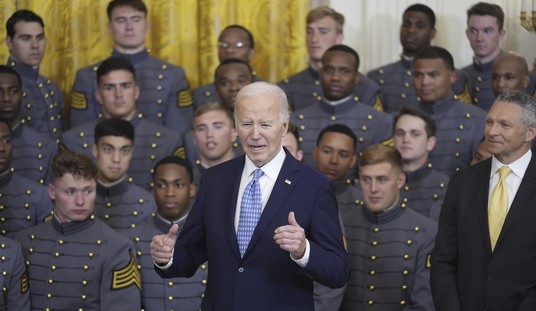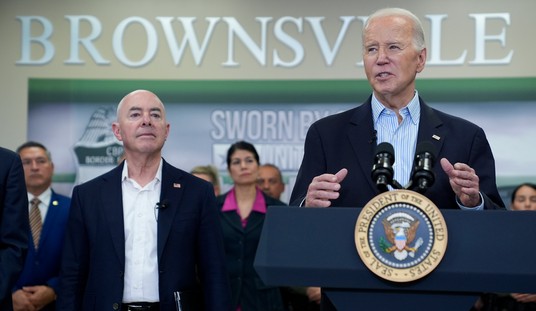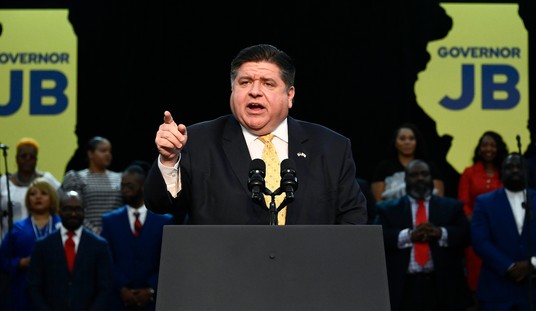
A lot of people demand that employers pay a Living Wage. They generally seek to impose such a wage by hiking the minimum wage that employers are legally allowed to pay to some premium. This, they believe, will make employees have a better life. The tactic fails for two reasons. If the wage is too low, the workers are still stuck where they started and the boss won’t even want to hear about calls for a pay raise. If the wage is too high, the employer automates, works lower staffing levels or just plain shuts down and goes elsewhere. To successfully achieve a living wage, the key is to hit the number that best addresses local cost of living. The best way to do that is to establish a Baseline National Minimum Wage (BNMW) and index it by geographic region. To account for time value of money, index it the exact same way the BLS calculates COLAs for Social Security.
The regional indexing sounds a bit complex, but it is not. The Federal Government establishes wage scales for Civil Service positions* and then applies regional adjustments** to determine annual salaries for professional government jobs. This means people who work identical jobs get different salaries if a person in New York, NY faces a higher cost of living than someone in Fargo, ND.
Current attempts at solving the problem have left much to be desired. Senator Warren’s suggestion that the minimum wage be $22/hour still remains worth a chuckle. Even Seattle was only willing to meet her ½ way and go to $15/hour. This didn’t give them the result they were hoping for. Chicago, Il has become the latest to jump on the higher minimum wage bandwagon.
Mayor Rahm Emanuel supports a citywide hike in the minimum wage, currently set statewide at $8.25 an hour. That would make Chicago a costly outlier in Illinois and across the Midwest. In response to a proposed ordinance that would raise the city’s minimum wage to $15, Emanuel appointed a task force to study the issue. The task force wants City Hall to adopt a $13-an-hour minimum, phased in by 2018. After that, mandatory wages would rise with inflation.
At this point, some judgment and discernment are necessary. A nationwide instantaneous minimum wage of $22/hr is ludicrous unless we want a rise of the machines worthy of a Terminator movie. When human capital is too expensive, nobody orders any in the mail. But what if Seattle really is that much more expensive than say Billings, MT? Maybe the 47% increase Seattle just brought in is exorbitant, but if nobody measures it well, who can know? I don’t see why Chicago couldn’t mandate a higher minimum wage than the rest of Illinois. Hence my suggestion that we establish a national baseline that we can index by cost of living the way the USG Office of Personnel Management does when it suggests Federal Pay Scales for President Obama’s approval.
A further point in favor of this system is that employers could be able to tell at a glance the differential costs of labor between say Dayton, OH and Decatur, AL. If people such as Thomas Piketty and Elizabeth Warren felt truly bent out of shape that Boston, MA has cheaper capitol available than Gainesville, FL; an indexed minimum wage that locked in cost advantages for hiring in depressed areas would advantage anyone who invested in developing economically disadvantaged regions. Towns and regions that can afford to provide ordered liberty and good local services at a lower cost should be rewarded. Efficiently run local governments should succeed in adding businesses and firms to their tax base. Areas that maintain orderly, bubble-free real estate markets should attract a larger population. A place that costs $15/Hr just to survive, on the other hand, is a mighty fine place to avoid.
Thus, a baseline minimum living wage that doesn’t introduce too high a level of wage-skill mismatch unemployment is an acceptable and enlightened policy. A locality adjustment similar to what OPM places on Federal Salaries allows this wage to be higher where things are more expensive and closer to the national baseline where price levels are more stable. This also serves notice to investment capitol where labor is more affordable, and where personnel-intensive businesses will have a harder time staying afloat. This could also steer more and more capitol into previously neglected regions of the country. We all know the legislators operating in Panem want nothing but the best for the other 50 regions. Thus, a national living wage, indexed by region and then COLA’d annually at the same rate as Social Security should satisfactorily end the living wage debate once and for all.
*-See page 3 at the link.
**-See Page 12 of last link.













Join the conversation as a VIP Member